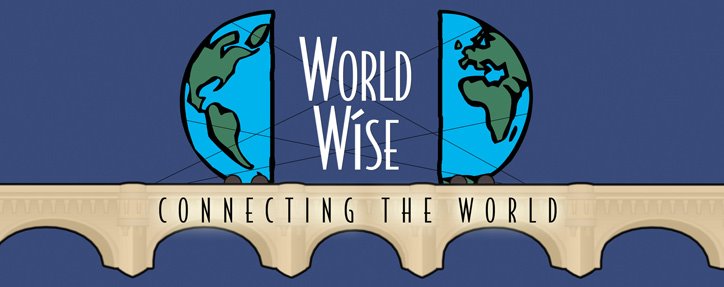We live in,
work in and travel to cities around the world.
Each one is special in some way and we each have an opinion about our
favorite for work or play. But we often don’t know much about these places beyond our personal experience. To take a deeper dive into the major urban
areas of the world we can reach out to and read through some interesting
analyses from a variety of sources.
One of my
favorites is from the global management consulting firm A T Kearney. They issue an annual report on the status of cities titled the Global Cities
Index and the 2015 report was recently released.
This year
the report has expanded beyond the basic report -The Global Cities Index (GCI) (The
GCI looks at 125 cities to consider their “global engagement” taking into consideration five areas: business
activity, human capital, information exchange, cultural experience, and
political engagement.) In 2015 the Global Cities Outlook (GCO) was added. According to their press release the GCO looks
at the future potential on the rate of change across four
dimensions—Personal Well-being, Economics, Innovation, and Governance.
Which cities
topped the list in each category?
GCI Top Five New
York London, Paris, Tokyo, Hong Kong
GCO Top Five San
Francisco, London, Boston, New York, Zurich
In addition they’ve now created another
list: the Global Elite These are 16 cities that are ranked in the top 25 of the GCI, (what’s
happening today), and in the top 25 of the GCO (a glimpse of the possible future). The list expands beyond the sets of top fives we
saw above and adds in Los Angeles, Chicago, Toronto, Brussels, Berlin,
Amsterdam, Singapore, Seoul, Sydney and Melbourne.”
Their
ranking combines the results of 5 other studies including the AT Kearney’s GCI, the
United Nation’s City Prosperity Index and the Global City Competitiveness Index
from The Economist. Using these varied studies they capture
rankings considering topic as diverse as gdp, human capital, financial
maturity, social inclusion and environmental sustainability. Each report one merits study and reveals different
facets of the many global cities.
The
results? Familiar names make their list
too. London, New York, Tokyo, Hong Kong
and Paris. – top five here too. But new names appear too. Sydney and Helsinki
tied at #14, Dublin and Osaka-Kobe tied at #16 and #23 is a tie between Washington,
DC, San Francisco and Moscow.
It’s
possible to spend hours carefully reading these studies, learning about the
difference and similarities of these Global Cities. Explore the data and discover new things
about your city, your next destination, the place that will be central to your
global expansion. Which one will be your
favorite, where does it rank this year and where will it be next year?




















